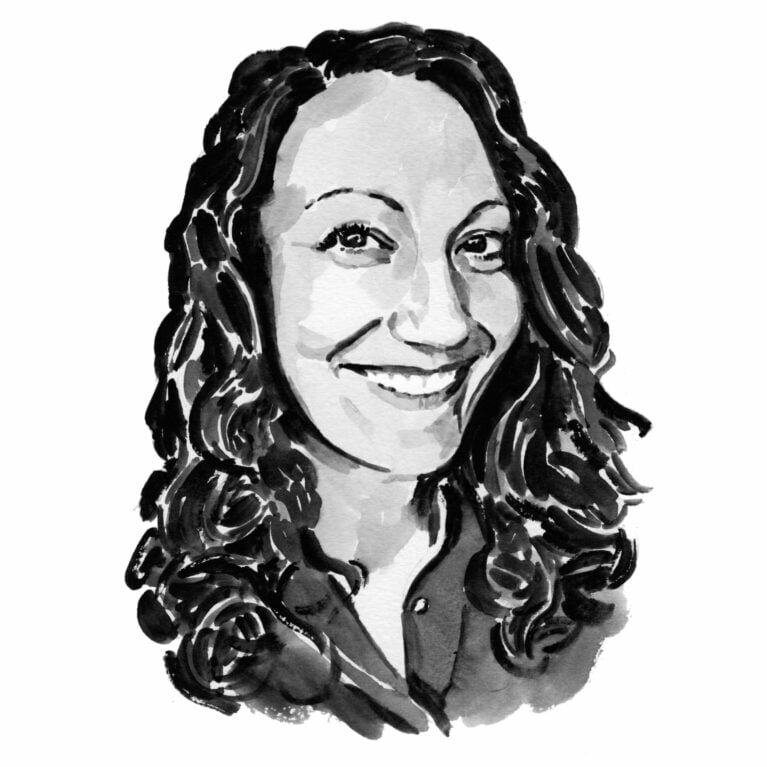Kylie Rock

Who I am
Growing up in the Adirondack Park of north-eastern New York, the largest publicly protected forest reserve in the USA, I have always had a love for outdoor exploration and an appreciation for how important it is to safeguard our natural resources. However, it wasn’t until I started working in a research lab as an undergraduate that I became truly aware of the more subtle negative impacts that human activities have on our environment; impacts that can’t readily be observed by the naked eye, such as chemical pollution. This early engagement in research motivated me to pursue a career and higher degree in toxicology. As a trainee, I have spent more than a decade in the field working with a broad range of animal models, including laboratory, domestic and wildlife species, to assess health risks associated with chemical exposure. Most recently, I have been studying sentinel animals, including elasmobranchs, that have physiological and/or ecological adaptations that make them sensitive to environmental hazards like pollution. Now, as I transition to a position as an assistant professor at Clemson University, I have been inspired to implement a ‘one health’ approach in my own research programme, utilising collaborative efforts to assess consequences, responses and actions at the human, animal and ecosystem interfaces to address environmental health issues. I intend to identify situational differences in anthropogenic factors that impact exposure and bio-accumulation of contaminants, specifically in sharks because aspects of their trophic ecology and life history may leave them particularly vulnerable to the adverse effects of pollutants.
Where I work
I am an assistant professor in the Department of Biological Sciences at Clemson University in the state of South Carolina. Currently, I am collaborating with shark scientists at Oregon State University and the University of California, Davis, to collect samples from two different bays on the west coast of the USA: San Francisco Bay, and Willapa Bay in Washington. San Francisco Bay, a heavily polluted, urbanised estuary, and Willapa Bay, a comparatively pristine estuarine ecosystem, support connected populations of elasmobranchs, including broadnose sevengill and tope sharks. By collecting environmental samples and tissue samples from both bays, we can begin to assess if differences in the pollution of these estuaries influences the bio-accumulation of contaminants in these two species. In addition, preliminary work suggests that San Francisco Bay serves as an important pupping and nursery ground for broadnose sevengill sharks, with seasonal residency of adults and year-round residency of younger animals. This means that we can collect samples from broadnose sevengills of different age groups and gain critical insights into the exposure to and accumulation of chemicals in especially vulnerable life stages.
What I do
Most of what I do takes place in the lab at Clemson University, where I process and analyse samples. However, before that the samples have to be collected. Although I occasionally get to join my collaborators in the field, they do almost all the heavy lifting when it comes to sample collection. On a typical day the team heads out into the bay to fish. When a shark is caught it is brought on board the boat and placed in an aerated trough. Once it is secured, it’s all hands on deck to do a full work-up, including recording its morphometric measurements and sex and collecting blood and muscle samples. While visiting our field sites, we also collect environmental samples, including air, sediment and water, which enables us to compare concentrations of contaminants in the environment with those found in the animals. Then samples are carefully packaged and shipped to South Carolina, where I process and analyse them for mercury and per- and polyfluoroalkyl substances. The beauty of a project like this is how interdisciplinary it is, relying on the expertise of marine biologists or ecologists, analytical chemists and toxicologists to ensure that each step from sample collection to data analysis is optimised.
